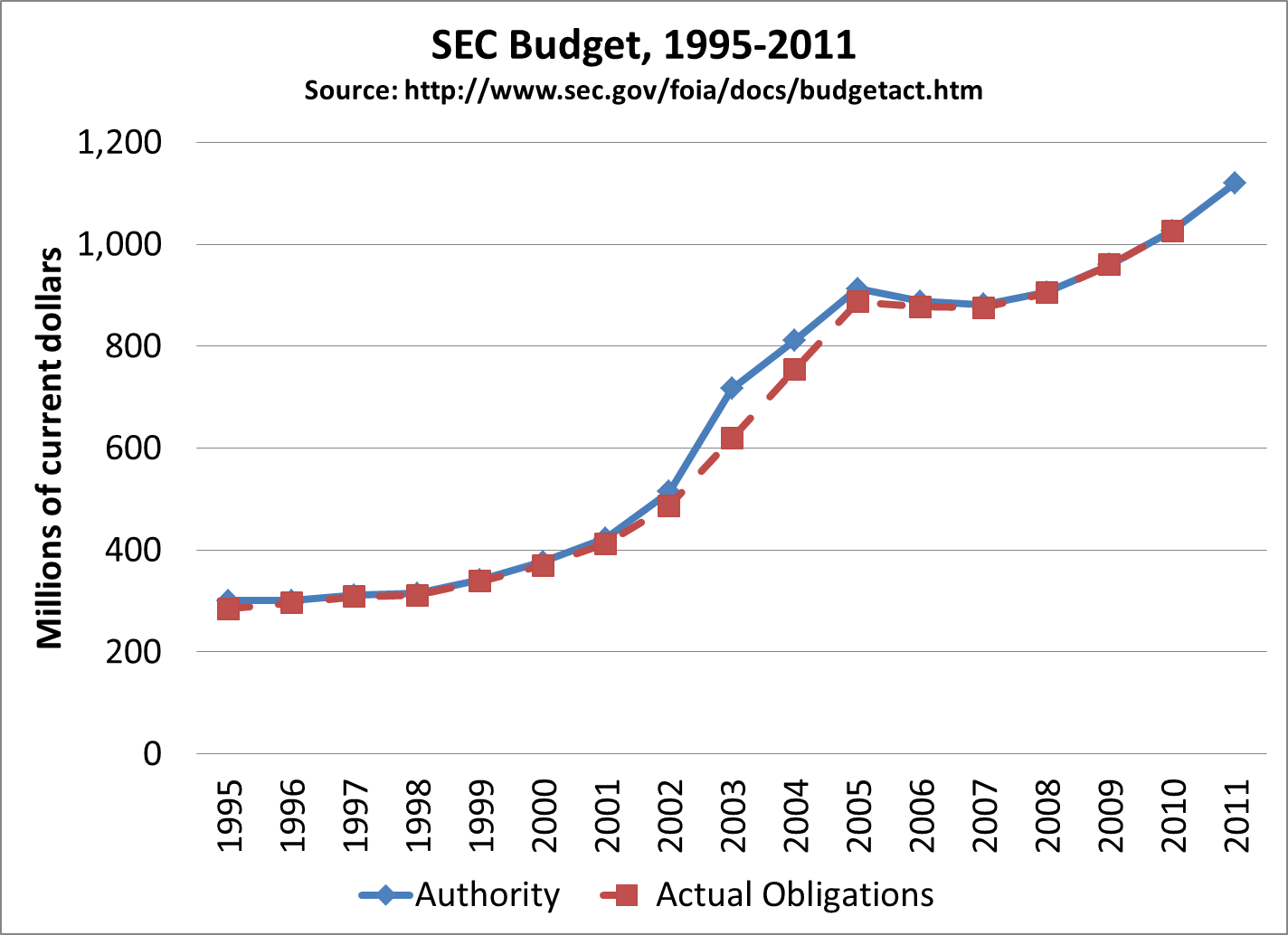Why is this important ACA achievement getting so little attention in the US media?
From the British Medical Journal.
August 7, 2012
US health insurance firms issue $1.1bn in rebates to policy holders
BMJ 2012; 345 doi: 10.1136/bmj.e5329 (Published 7 August 2012)
Cite this as:
BMJ 2012;345:e5329
Nearly 13 million US citizens are receiving rebates totalling $1.1bn (£0.7bn; €0.9bn) from their health insurance companies this month.
President Barack Obama has pointed to the rebates as a benefit of the Affordable Care Act, the health reform law he passed in March 2010.1
The rebates were due because some health insurance companies failed to spend 80% to 85% of the insurance premiums they received on providing medical care, as required by the law.
The medical loss ratio, as it’s called, was 80:20 for insurance companies providing health insurance to smaller companies and 85:15 for those insuring larger firms. The health insurance companies can spend the remaining 20% or 15% on overheads, administration, bonuses, marketing, advertising, and so on.
Health insurers are now required to report their spending each year to the Department of Health and Human Services. Those that didn’t spend enough on medical care in 2011 have had to issue rebates for the difference. Some large insurers such as Aetna, Cigna, Humana, and United Healthcare were among them.
Consumers in each state received a notice from their insurance company telling them about the 80/20 or 85/15 rule, whether their company met it, and whether they would receive a rebate, said the Department of Health and Human Services. The information will also be posted on the department’s website.
The average rebate was about $151 per family, with rebates varying by insurance company and state.
Most people get their health insurance through their jobs, so their rebate was sent to their employer, which can share the rebate with the employee or use it to reduce future insurance premiums or to improve health benefits.
About 28% of smaller employers and 19% of larger employers providing group health insurance to their employees are getting rebates, said the Kaiser Family Foundation, an independent health policy and communications foundation.
Nearly a third (31%) of people who buy insurance directly from a health insurance company are receiving a rebate cheque in the mail.
The effect of the law is to encourage insurance companies to reduce their expenses, stop raising premiums to increase profits, and spend the premiums they receive on providing medical care.
The Kaiser Family Foundation estimated that the cost of employer provided health insurance plans for a family rose to $15 000 last year.2 Health insurance is paid partly by the employer and partly by the employee.
The law does not apply to people who receive healthcare through the Medicare (government insurance for elderly people and some disabled people) or Medicaid (insurance for poor people) programmes.
Notes
Cite this as: BMJ 2012;345:e5329
References
1. Tanne JH. US House of Representatives approves historic healthcare reform bill. BMJ2010;340:c1635.
FREE Full Text
2. Roehr B. Cost of employer provided health insurance double in US in a decade. BMJ2011;343:d6256.
FREE Full Text


